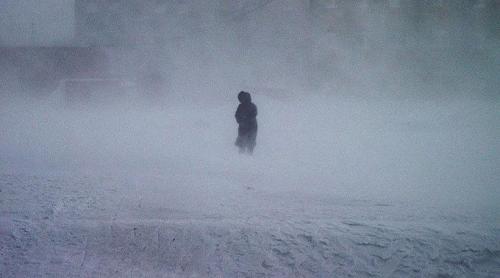
The non-governmental organization The Romanian Academic Society sRASt, led by Alina Mungiu-Pippidi, presented its own interpretation of the public poll it funded, stating that the ruling coalition was still a favorite of the electorate. The company conducting the poll, Gallup sRomaniat begged to differ and stated that publicly.
According to the poll released by RAS on Wednesday, if elections were to take place in two weeks, 53% of Romanians would vote the ruling coalition sthe alliance of the National Liberal - NLP, and Democrat parties - DPt.The charts showed the Social Democrat Party sSDP, in oppositiont would take 32% of the vote; the Greater Romania Party sGRP, nationalist, in oppositiont would take 9% of the vote, the Democratic Union of Hungarians in Romania sDUHR, ethnic party, rulingt would take 6%, while the rest of the parties would get less than 1% of the votes, snot making it into Parliamentt.
Gallup conducted the poll between 29 August and 9 September, on a representative sample of 1,050 people. Also Wednesday, another polling institute, IMAS, presented its own opinion poll conducted in September, but its findings differed a lot from those of Gallup. According to IMAS the ruling coalition would take 43% of the votes, the SDP - 34% of the votes, the GRP - 12% of the votes, and the DUHR - 7% of the votes. Because of the great difference regarding the trust Romanian still put in the ruling coalition, Jurnalul National sought the comment of Gallup Romania on the matter, and received the following answer:
"The opinion poll presented by RAS was conducted by Gallup Romania ⦠Both the research tools and the final analysis of the results were performed by RAS.
The question regarding the vote intention was a multiple-choice one, listing the ruling coalition as the Alliance, but also its major components, as the NLP and DP.
The analysis presented by RAS added up the vote intentions for the Alliance and those for the NLP s1.3%t and the DP s1.2%t. However, we point out that the vote intentions stayed at 52%, not 53%, as stated in the media. For conformity please visit www.sar.org.ro. RAS decided to add up the three extra percentage points, and Gallup Romania had no say in that.
All subsequent comments made by RAS belong entirely to this organization and Gallup Romania is not accountable for them, as it only collected and processed the data for the poll," said Alexandru Toth, Project Manager for Gallup Romania.
When RAS made public the results, it chose to add up the vote intentions for the Alliance with those for the NLP and DP. Also, the IMAS poll had a 10.3% quota of respondents with university education in the sample they interviewed, while Gallup Romania had a 12.1% quota. This may also explain why the difference in the findings of the two institutes, since college graduates are known to favor the ruling coalition.
Other major differences between the findings of the two institutes are that IMAS recorded 20% of non-respondents, while Gallup Romania recorded 30% of people unwilling to vote or unable to answer if they would vote.
Also worth pointing out is that vote intentions were tallied against the number of those stating they would vote, hence the real quota of approval for the ruling coalition stays at 35% of the total sample in the IMAS poll sthat is 43% out of 80%t, and at 36% of the total sample in the Gallup Romania poll sthat is 52% of 70%t.
It is widely known that the order and the phrasing of questions might slant answers. Hence, the two polling institutes concluded that the differences noted by the media were due to technical reasons and not to political intent. Mungiu-Pippidi did not admit the non-governmental organization she led was responsible for any error of interpretation.
"On the contrary - she stated - this is standard procedure. If elections were conducted on Sunday, people willing to vote the NLP or the DP would have given their votes to the Alliance, were the parties not running individually. The aim of polling is to foresee the likely result of the elections," said Mungiu-Pippidi. She also pointed out that the Gallup Romania poll found 49% of the people would vote with the Alliance, and only 3% of the options would go to NLP and DP individually, shence the distortion of adding up figures was minimalt. When asked if adding up percentages was not misleading, Mungiu-Pippidi said the question producing them was "an open one. Some people chose the Alliance, some chose the NLP, and others the DP."
Still, this contradicts the information provided by Gallup Romania, which stated that the question was a multiple choice one.
She answered that "never before did it happen."
Translated by ANCA PADURARU
Citește pe Antena3.ro













